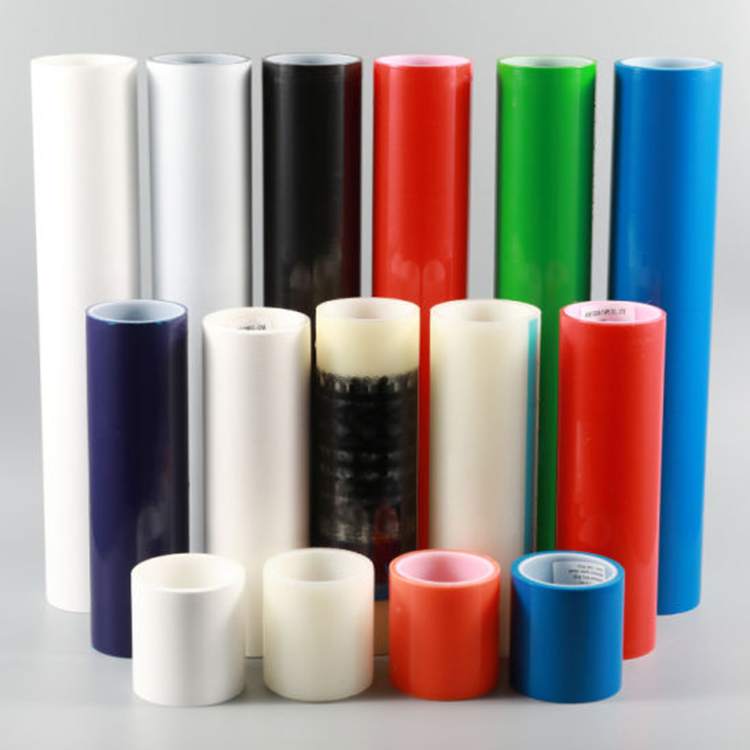What are the commonly used protective films?
1. It is divided into PE, PVC, PET, PP, TPU and PU according to material
TPU and PU are mainly used for shoes and BAR. We will not introduce them in detail here.
PE: polyethylene, which is widely used in the protective film industry, is characterized by low price, softness, good extensibility, environmental protection and pollution-free. Generally, such products have passed the ROHS environmental pollution test of the European Union; Disadvantages: poor weather resistance, this material is not suitable for use at high temperature, generally within 60 ℃.

PVC: PVC, characterized by good softness and good weather resistance (SPVC); Disadvantages: It is not environmentally friendly, so many international brands rarely use products made of this material. This product is mainly used for anti-static protection, as well as wooden speaker surface.
PET: polyester, its main characteristics: good weather resistance, resistance to 100-150 ℃ high temperature, good hardness and smoothness; Disadvantages: cannot be used on products with angles or corners, mainly for die-cutting.
PP: polyphenylene, its characteristics: combining the characteristics of PE and PVC, soft, high temperature resistant, environmental protection, mainly used in LCD industry.
2. According to rubber system: PMMA rubber, rubber, silicone
Acrylic adhesive: widely used, with good transparency and stability. However, with the change of time and environment, there will be differences, such as the longer the time, the lower the viscosity.
Rubber: mainly used for black and white film, blue film, metal stamping, etc. in the steel plate industry. Its main advantages: fast and smooth fitting. Disadvantages: many impurities, short shelf life.
Silica gel: high price, high temperature resistance; Disadvantages: separation of adhesive film often occurs during use. Mainly used in anti-scratch stickers and other products.
